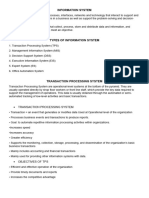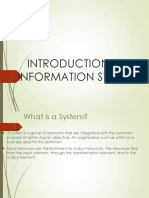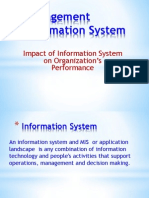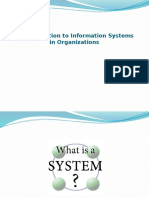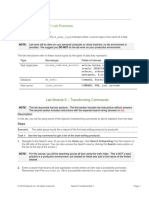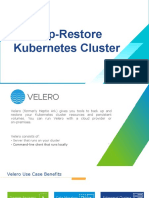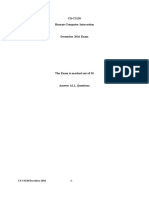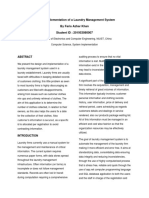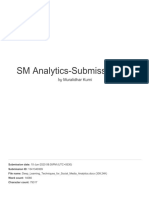0% found this document useful (0 votes)
16 views37 pagesModule-1-Types of Information Systems
Uploaded by
darkknight300317Copyright
© © All Rights Reserved
We take content rights seriously. If you suspect this is your content, claim it here.
Available Formats
Download as PPT, PDF, TXT or read online on Scribd
0% found this document useful (0 votes)
16 views37 pagesModule-1-Types of Information Systems
Uploaded by
darkknight300317Copyright
© © All Rights Reserved
We take content rights seriously. If you suspect this is your content, claim it here.
Available Formats
Download as PPT, PDF, TXT or read online on Scribd
/ 37






